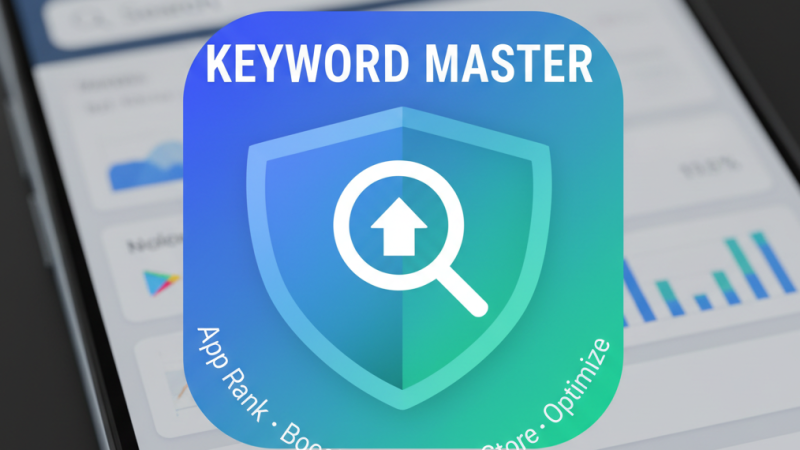Introduction
Your LinkedIn bio serves as your initial online introduction and is more than just a section of your profile. Whether you’re attracting recruiters, clients, or industry peers, your bio is often the first thing they see. In 2025, initial impressions are formed in a matter of seconds due to people’s decreasing attention spans.
A dull, generic bio can quietly block opportunities you may never know existed. A well-crafted one, however, opens doors, sparks interest, and shows you’re worth connecting with. It’s your chance to express who you are, what you do, and why it matters clearly and authentically, without sounding stiff.
So, what makes a LinkedIn bio stand out? How long should it be? What tone works best? Which mistakes must you avoid?
This blog covers everything you need to write (or refresh) a LinkedIn bio that builds trust, shows your value, and leaves a lasting impression.
Why Does Your Bio Matter So Much?
People frequently check LinkedIn first when they see your name on a resume, email, or business card. Your bio is central to your profile it’s the section where individuals determine if you’re pertinent, trustworthy, and engaging enough to engage with.
A compelling biography:
- Prepares you for the positions or clients you desire.
- Emphasizes your distinct strengths and background.
- Facilitates comprehension of your activities for others.
- Utilizes keywords that assist you in showing up in LinkedIn searches.
In other terms, your biography influences how others view you and if they contact you.

Key Elements: Headline, About, Keywords
A LinkedIn bio is more than just your ‘About’ section; it also includes your Headline, which appears in search results and beneath your name.
- Headline: Rather than merely stating your job title, create a headline that illustrates what you do and whom you assist. For instance: Digital Marketing Specialist | Assisting Startups in Growth through Data-Driven Campaigns.
- About Section: This serves as your primary bio. It should elaborate on your expertise, essential skills, significant accomplishments, and your passions.
- Keywords: Recruiters utilize LinkedIn similarly to a search engine. Consider the keywords that someone might use to locate you including your skills, industry, and certifications and incorporate them seamlessly into your bio.
What Makes a Great LinkedIn Bio?
An effective biography is not merely a lengthy text it should be easily skimmable and create a sense of familiarity for the reader. Here are the elements to incorporate:
- Hook: Begin with a statement that encapsulates your essence or piques interest.
- Experience: Highlight your advantages and your strengths.
- Key Achievements: Utilize metrics. For instance, “Increased social engagement by 40%” carries more weight than “Oversaw social media.”
- Personality: Allow your genuine voice to emerge it should not resemble a generic resume.
- CTA: Conclude with your intentions. For example: Open to collaborations. Let’s connect!
A concise, personable, and well-structured biography distinguishes you in moments.
Short vs Long: How Much Should You Write?
Although there isn’t a single ideal length, the following is a guide:
- Brief: two to three sentences; ideal for those seeking a concise, impactful profile.
- Medium: three to five brief paragraphs; this format is common among professionals who wish to emphasize both personality and experience.
- Long: Up to 2,600 characters, ideal for thought leaders, consultants, and senior leaders who have stories to tell.
Break it up, no matter how long it is.Use line breaks and short sentences instead of long text passages.
Common Mistakes to Avoid
Far too many professionals fill their bios with ambiguous or out-of-date information. Be mindful of these traps:
- “Results-driven, passionate, hard-working professional” is a generic buzzword. Everybody says it. Instead, demonstrate how you do it.
- No Keywords: You won’t be seen if you don’t use the industry terms and talents that people look for.
- Speaking Like a Resume: A bio gives you the opportunity to showcase your personality and is more than just a list of your responsibilities.
- Ignoring Format: Readers quickly become lost in lengthy paragraphs. Split it apart.
- Forgetting to Update: Credibility can be harmed by an outdated bio that doesn’t reflect your current position or objectives.
Should You Update It Often?
Most people forget to update their LinkedIn bio even after big career changes. Refreshing it regularly helps improve your organic reach.
- Are you using new skills or tools?
- Have you hit milestones worth adding?
- Does your headline reflect your current goals?
A fresh bio keeps you relevant and discoverable, especially if you’re job-hunting, freelancing, or building your network.
Conclusion
Your LinkedIn bio is a condensed version of your pitch, personal brand, and first impression. It’s worth the effort to make it clear, engaging, and packed with keywords. Platforms like Wiraa can link you with international projects if you’re searching for remote work opportunities, but your profile must highlight your strengths first. That initial step is made easier with a well-written LinkedIn bio. In 2025, first impressions made online are frequently your only opportunity to make an impact. Make a bio that works as hard as you do to avoid wasting yours.




